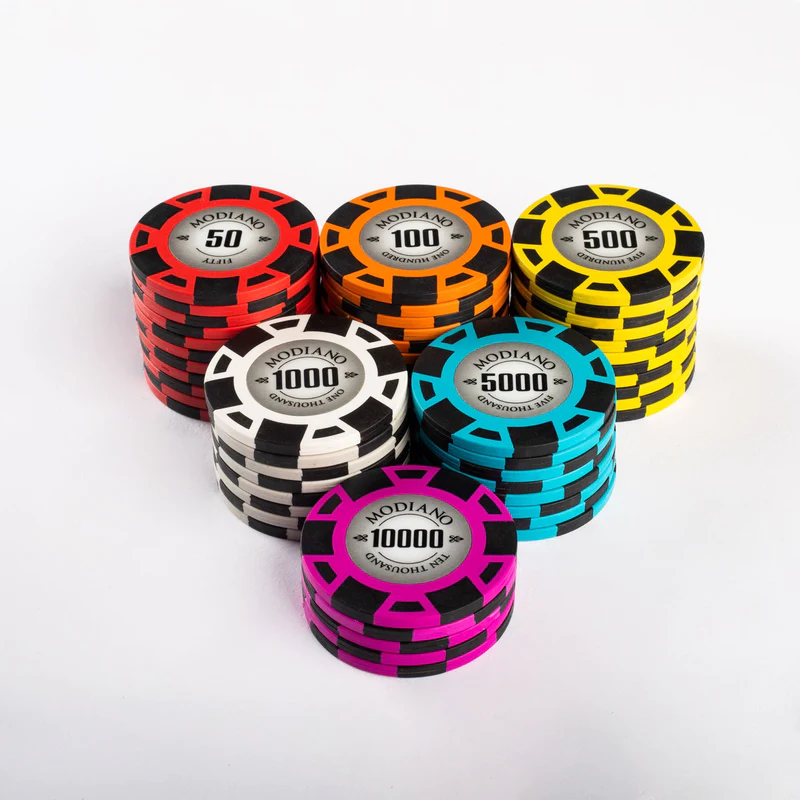Poker chips are used to represent money in card games and make the experience simpler to play and understand, as well as keeping an accurate count of player stack sizes.
Some players employ chip tricks to dazzle their opponents, such as riffling. Riffling entails moving two stacks of equal denomination together into a single pile to form one massive stack.
Game rules
Poker requires that each hand represents money that will be cashed out after each hand is played, usually represented by chips. Before beginning play, cash may be converted to chips to speed up this process for everyone and prevent having to interrupt game play for change to take place.
Chips are an indispensable tool in games requiring skill and strategy. A standard poker set typically consists of white, red, and blue chips with different denominations while tournament chip sets may include additional colors with higher denominations.
A player’s choice in how they stack their chips can tell us much about his or her strategy and emotions. Some players can be meticulous about stacking in neat, uniform towers; other may prefer messy piles with differing heights that indicate their looser style. Furthermore, this way of stacking also helps players keep track of their bets more easily.
Betting intervals
Betting intervals in poker are essential to its success, since players must balance between minimizing losses from poor hands and increasing winnings from good ones. Aside from how much a player risks and how much they can raise each time. Typically this limit ranges between five chips before and ten after draws (but this could vary according to game rules), but all players must purchase at least some amount before beginning play in order to reduce dealer duties of providing change for all of them.
Hand rankings
Poker is an engaging card game with plenty of friendly banter and sliding chips whizzing across the table. However, to become successful at it takes skill and talent; to be successful it is also essential to understand its rules and hand rankings prior to beginning play as well as knowing how to read a poker cheat sheet.
Your poker hand’s strength depends on both the cards that have been dealt to you and the type of board on which they’re played; for instance, two aces against one opponent is strong starting hand; four opponents will diminish this value of your hand considerably. Your opponent also plays an integral part – if he or she plays few hands regularly then its relative value decreases accordingly.
Hand rankings vary considerably across poker games, although most follow a similar ranking system, wherein stronger hands tend to rank higher than weaker ones. A royal flush is typically considered the top hand followed by straights, three-of-a-kinds, two pairs and finally one pairs.
Bluffing
Bluffing while playing poker with chips is an invaluable weapon that can help you secure many pots. But to succeed at it successfully, practice and perfect your technique before using it against others at your table – they may catch on quickly to your tactics; therefore it is wise to tailor your bluffing strategy according to each opponent’s playing style.
For instance, when trying to bluff against aggressive players it can often be advantageous to tighten your hand tightly and force them to believe you are holding strong cards – this makes calling bets from them harder as they will believe your bets come from an opponent who believes that you possess them.
Semi-bluffing can also be an effective bluffing strategy, in which bettors bet with weak hands that could improve to more powerful ones on subsequent streets. Although risky, this technique allows players to win many pots even with terrible hands. To bluff successfully and use this strategy successfully, practice hand manipulation – this will enable you to better shuffle and manipulate your chips effectively.

